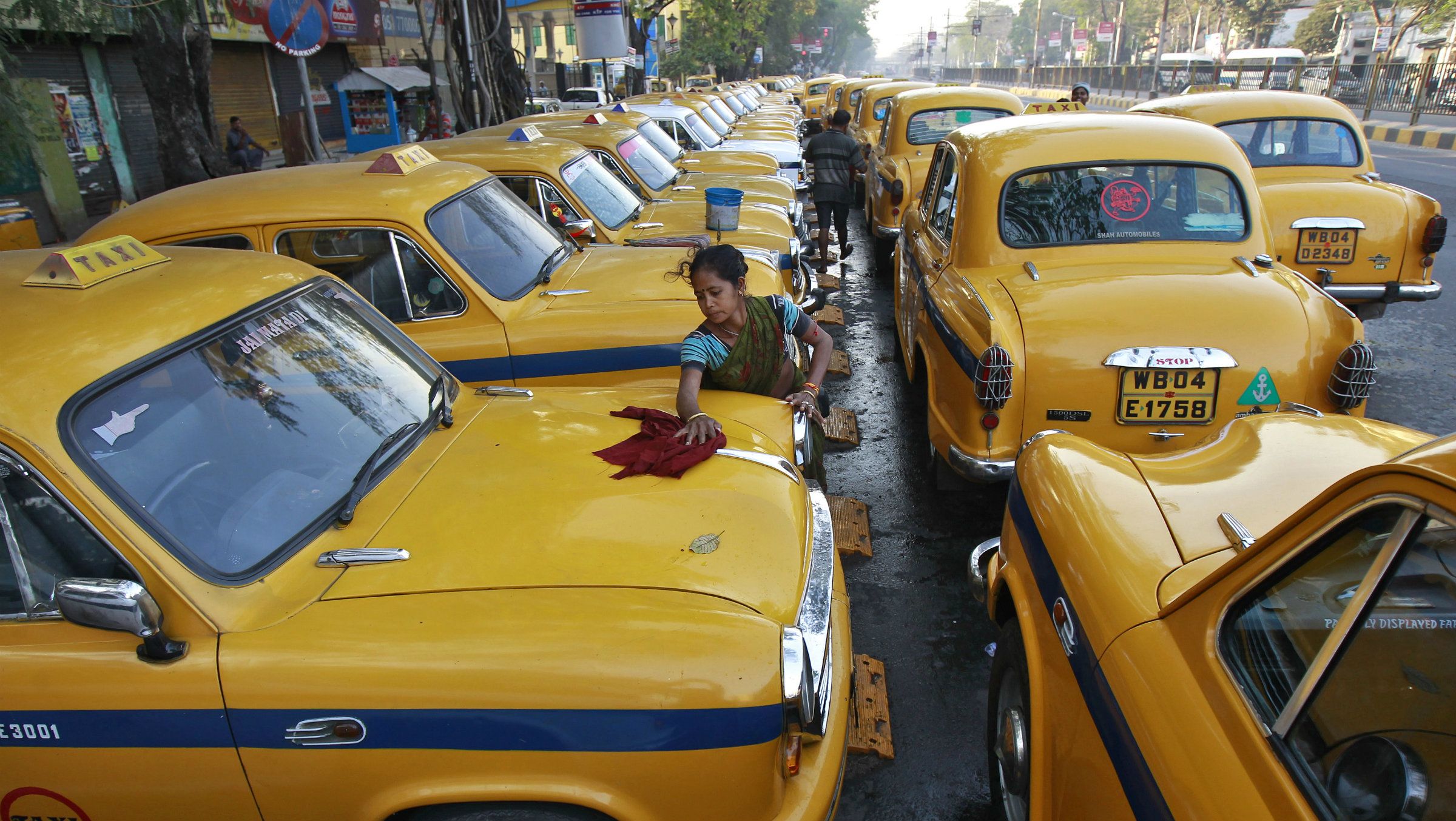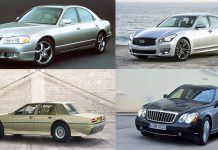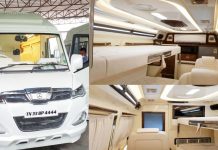Hindustan Ambassador: 10 things you DON’T know about
The iconic car Ambassador holds many memories in the minds of Indians. The car is often termed as the national car of India. The bulky design of the Ambassador also made it a favourite choice of Indian politicians. Did you know that the Ambassador was the first diesel car of India? Let’s go back in time and look at 10 more such facts about this legendary car of India.
First car to follow “Make in India”

Hindustan Ambassador became the first car to be made in India. In 1957, Hindustan Motors started the production of the Ambassador. At that moment, it was the only passenger car produced in India. It also remained the only production car in India till Maruti Suzuki started operations in 1983.
Longest production car of India
Hindustan Ambassador remained in production till 2014. The production span of 57 years makes it the longest production car of the country. The second closest car that comes to Ambassador’s long life during production is the Maruti Omni, which is only 30 years.

British origin
The Ambassador is based on a model called Morris Oxford series III that was manufactured in the UK. Hindustan Motors gained the license to produce the Ambassador in India in 1954. The company finally rolled out the first units of the made-in-India Ambassador in 1957 after the production of Morris Oxford III came to an end in the UK.
Ahead of its time
Hindustan Ambassador was designed around a monocoque chassis. It remained the only car with monocoque chassis for a long time to come. The chassis made the car very spacious from inside and gave it a huge leg space in the rear. The roomy interior of the Ambassador made it a popular choice among cab drivers. It also became the first car to be powered by a diesel engine and remained so for a long time.
World’s best taxi award

In a series of tests held by television show Top Gear on BBC, the Ambassador won the title of “Best Taxi in the World”. The Ambassador competed with much-advanced rivals, such as the London Black Cab, Mercedes-Benz E-Class, Toyota HiAce, Volkswagen Beetle, Ford Crown Victoria and Lincoln Town Car.
Derived into other forms
The Ambassador became the base of many derivations like station wagon, pickup trucks and goods carrier. The station wagon known could carry as many as 14 people including the driver. The car also became a goods carrier with windowless loading space behind the vehicle.
The car was also launched as a pickup truck known as Porter. In its latest iteration, Hindustan Motors launched the Veer pickup truck in 2011.
Government bought a major share of cars

Ambassadors were used as the only vehicle to transport government servants at one period of time. The strong body of the car and spacious cabin made it a popular choice.
During the lifetime of the Ambassador, the Indian government bought as many as 16% of total units produced by the company. Now that makes for a huge number.
You had to buy it twice
There is no hidden truth about the Ambassadors being unreliable. There were actually professional workshops that used to make new Ambassadors ready for the road. Many people used to buy the car and send it straight to the workshop to get it road-ready. Such garages used to check the car thoroughly and tighten any loose bolts in the car beside customising the car as per the owner’s need.

The Bong connection
The now defunct Hindustan Motor factory in Uttarpara, West Bengal, is Asia’s second oldest factory. That surely made an impact on the state and also formed a connection with the people of Kolkata. Even though Ambassadors are rarely seen in major Indian cities, they are a common sight in Kolkata. The yellow-and-black taxis of the city are world-famous, and major government officials still use the car as an official vehicle.



















